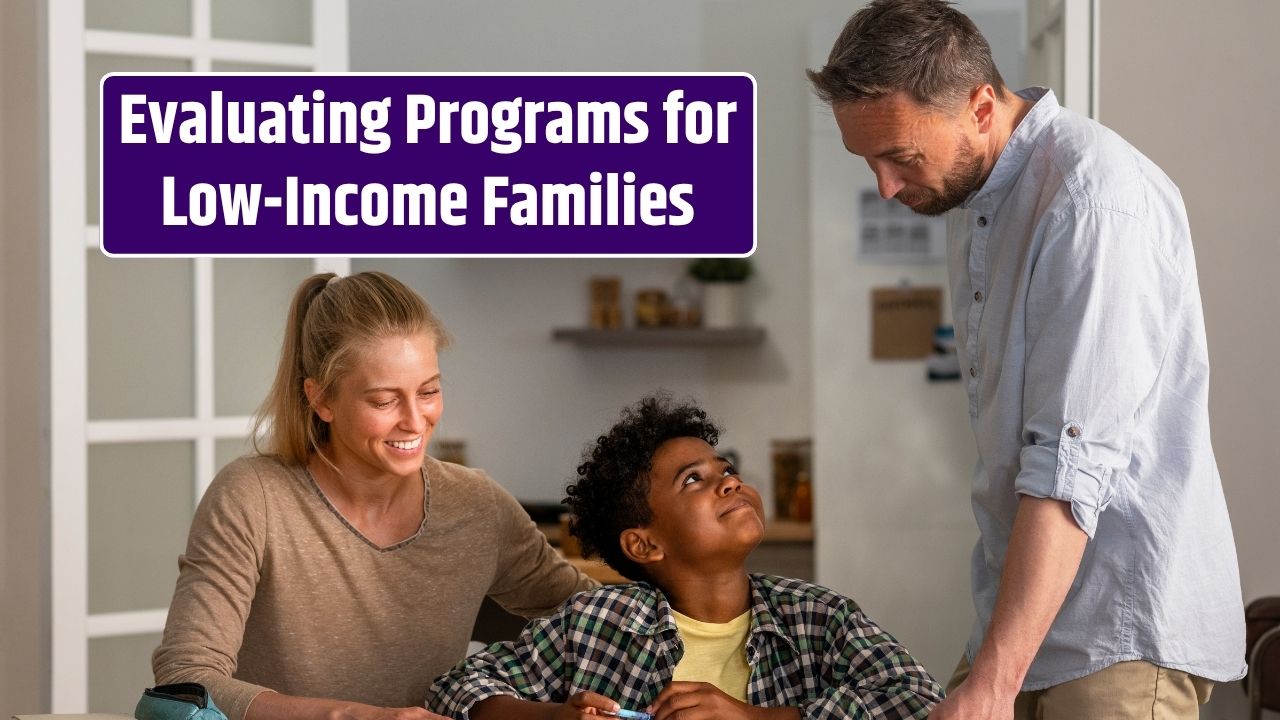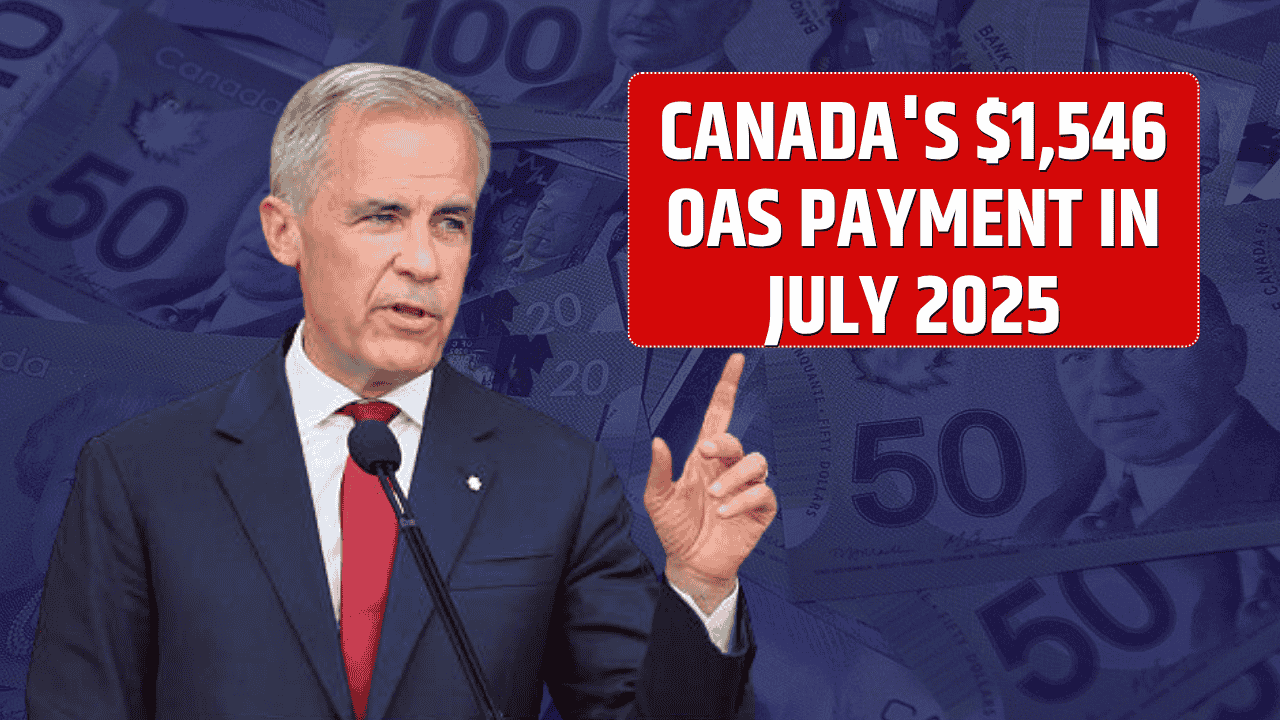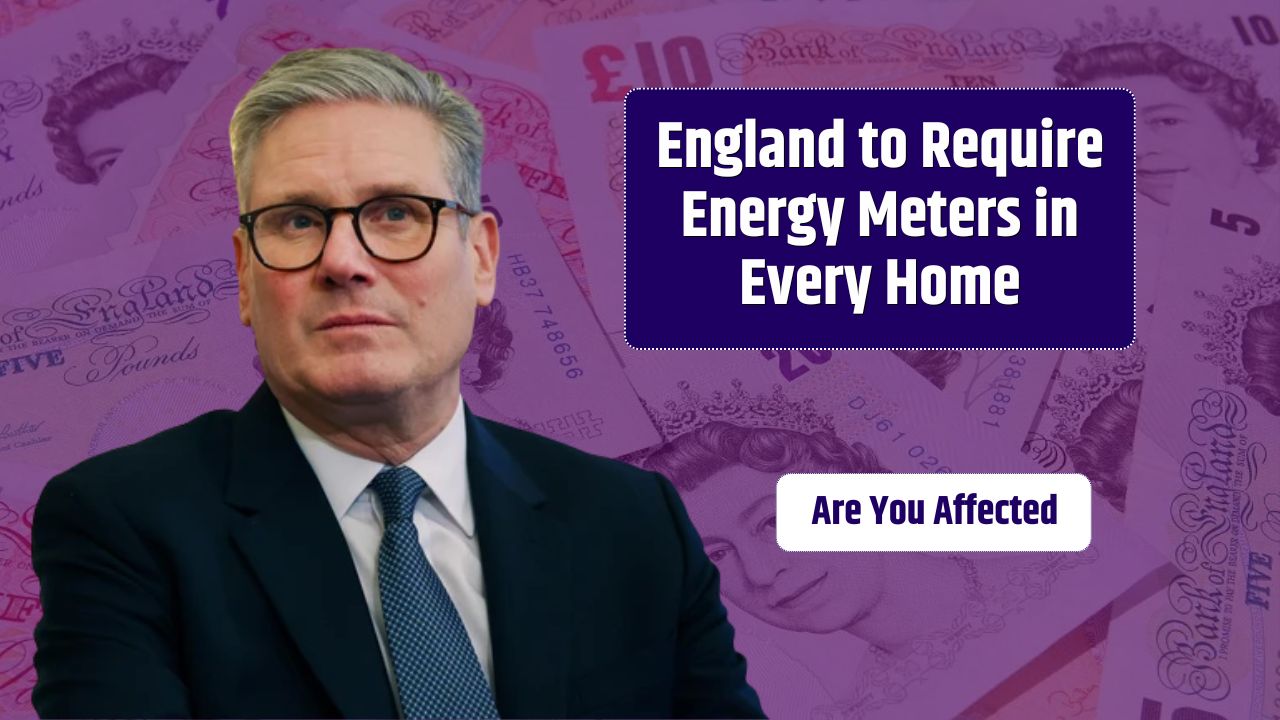Evaluating social programs is a powerful tool in ensuring that assistance reaches those who need it most—particularly low-income families. These evaluations use data and research methods to measure whether government or nonprofit programs are effective, efficient, and achieving their goals.
In 2025, as the gap between rich and poor continues to be a national concern, evaluations are more crucial than ever to ensure taxpayer dollars are well spent and vulnerable families get the support they deserve.
Table of Contents
What Are Social Program Evaluations?
Social program evaluations assess the performance and outcomes of policies and services intended to improve people’s lives. These can include housing assistance, food subsidies, job training, child care support, education programs, and health initiatives.
Common types of evaluations:
- Impact Evaluation: Measures how a program affects outcomes (e.g., did job training increase employment?)
- Process Evaluation: Examines how the program is implemented
- Cost-Benefit Analysis: Compares program costs to measurable benefits
- Formative Evaluation: Helps improve programs before full rollout
By using randomized control trials (RCTs), longitudinal studies, or qualitative feedback, policymakers can better understand what’s working and what needs change.
Why Evaluation Matters for Low-Income Families
Ensures Programs Deliver Real Results
Without evaluation, programs might continue operating without ever proving their effectiveness. Evaluations reveal whether social support initiatives actually help low-income families improve housing stability, income, health, or education outcomes.
Helps Optimize Resources
Budgets are limited, especially for social services. Evaluations help identify which programs offer the best return on investment—enabling governments to expand what works and phase out what doesn’t. This makes social safety nets more efficient and scalable.
Prevents Harm and Unintended Consequences
Sometimes, programs aimed at helping low-income individuals unintentionally create barriers or negative outcomes. Evaluations can flag these issues early. For example, a poorly designed work requirement in a benefits program might push struggling families off needed support without improving employment.
Builds Trust and Accountability
When governments show that programs are backed by data, transparency improves. This can strengthen public trust and political support for anti-poverty initiatives. It also empowers community organizations to advocate for effective interventions with hard evidence.
Real-World Examples of Impact
| Program | Evaluation Result | Impact on Low-Income Families |
|---|---|---|
| SNAP (Food Assistance) | Shown to reduce food insecurity and improve child health | Healthier diets, better school performance |
| Head Start | Mixed results, but long-term gains in high school graduation | Improved early childhood education for disadvantaged kids |
| Section 8 Vouchers | Families moved to better neighborhoods had higher incomes | Better long-term outcomes for children |
| Job Corps | Boosted earnings and employment for youth participants | Increased job stability for young adults |
| EITC (Tax Credit) | Encouraged work and reduced poverty levels | Higher take-home pay and reduced poverty rates |
Challenges in Evaluation
Despite their benefits, evaluations face several hurdles:
- Data Gaps: Not all programs track outcomes well.
- Political Pressures: Programs with poor results may still get funded for political reasons.
- Timing: Long-term benefits can take years to appear.
- Community Resistance: Some stakeholders may be wary of being “studied” or misunderstood.
Still, the demand for evidence-based decisions continues to grow, especially as inequality remains a top concern.
Making Evaluations More Inclusive
To truly serve low-income families, evaluations must include their voices. That means:
- Engaging communities in designing metrics
- Measuring quality of life, not just economic indicators
- Using mixed-method research to understand lived experience
When families are part of the evaluation process, programs are more likely to reflect real needs and deliver lasting change.
Social program evaluations are not just bureaucratic exercises—they’re tools for justice, equity, and smart governance. When done well, they help ensure that every dollar spent is moving the needle toward opportunity and upward mobility for America’s most vulnerable families.
FAQs
What’s the main purpose of evaluating social programs?
To determine whether programs are effectively helping the people they are meant to serve and to inform improvements.
How do evaluations help low-income families directly?
By ensuring programs are results-driven, effective, and responsive to actual needs—leading to better access, outcomes, and quality of life.
Can ineffective programs be improved through evaluation?
Yes. Evaluations can highlight weaknesses, suggest changes, and guide redesigns for better results.


























